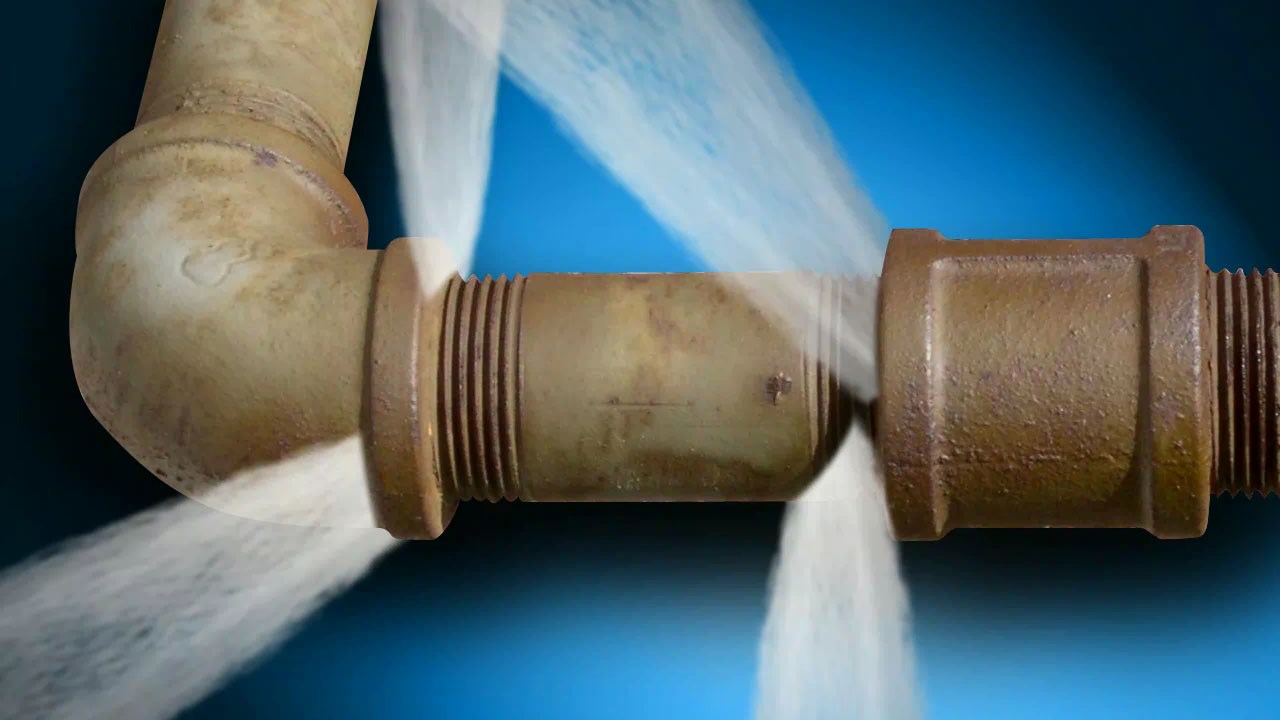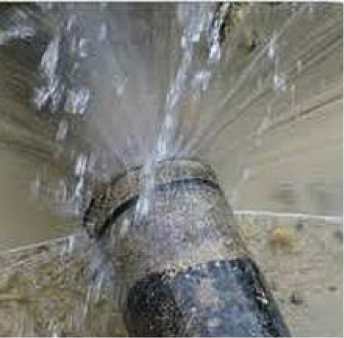Steps to Handle a Burst Pipe
Steps to Handle a Burst Pipe
Blog Article
Almost everyone maintains their private theory on the subject of What to Do When a Pipe Bursts.

The instant reaction when a pipeline bursts in your home is to enter full panic mode. Do not worry; you are not the only one as most house owners feel by doing this, as well. After all, this issue can lead to substantial residence damage.
Though it may be tough to do, stay calm and also gathered. Making hasty choices can make the circumstance worse. To help you out, below are 6 prompt actions you must take when dealing with ruptured pipes. Keep in mind, expertise is power so reading up on this before it happens will enable you to remain in control also in the middle of a large emergency water leak:
Attempt a Do It Yourself Pipeline Repair
If you've got handyman skills, do a minor repair work like sealing off a tiny crack. You can buy piping sealer to make quick fixes. Beware with the application, so you do not aggravate any type of problems. If you require to tighten up a few nuts and screws, stand up to need to over-tighten as this can result in leakages down the line.
Shut the Main Water Shutoff
After a quick check, you can now shut down the primary supply of water. Maintaining water running will result in huge damages. The last thing you need is significant flooding warps wood floors or ruins devices and also furniture. You likewise wish to stay clear of mold growth. Shut off the shutoff and also call the plumber for an emergency inspection.
Drain the Pipeline
As you await the plumber to arrive, drain pipes the water moving in the pipes. Just run your faucet and also purge the toilet to make certain that whatever water is staying will completely drain. When you do this, the leak will stop going where it's not meant to be to begin with. Keeping that, the plumber can also function faster. Just do not fail to remember to shut off the faucet after the pipelines are drained.
Do away with Any Standing Water
Don't allow any standing water sit for as well. It will certainly lead to more damages if water permeates into your floors or rug. You additionally do not want it to flow into crucial things like electronics. Clean up the water and dry the area off quickly. If you have electric fans, keep them going to circulate the air and advertise much faster drying.
Conduct a Quick Visual Assessment
Though your reaction is to shut off the valve right now, time out for some time and conduct a quick visual assessment of the website. Attempt and also detect where the water is dripping from. Doing so will certainly allow you to encourage the plumber on what location to look at. This less-than-a-minute examination will save you time and assist your plumber rapidly recognize the origin.
Call a Reliable Plumber
If you really feel unsure regarding your abilities to fix a little split or small leakage, it is best to call a professional plumber. When it comes to repair work, they have the knowledge, abilities, tools, and also experience to get things done quickly. Dabbling with pipelines is not a joke as it can cause even more difficulties if done incorrectly. Finding a respectable plumbing solution guarantees your water leakage is dealt with efficiently and effectively.
A Frozen Pipe Has Burst, What Are The Next Steps?
How to Tell if Pipes are Frozen
It’s important to catch frozen pipes early to prevent damages. Typically, you will be able to boost your thermostat or talk a professional plumber before any damage occurs. However, here are a few signs that will help you identify if your pipe is frozen.
No Water – An obvious sign that you have frozen pipes is if there’s a complete lack of water coming from your faucets or fixtures. Frost – If you can gain access to view your pipes, check to see if there is visible frost on them. Take note of which parts of the pipe has frost. Smell – If your pipes freezes, it will block food and waste down your drain, causing a backup and your room to begin to have a bad smell. How to Tell if a Frozen Pipe has Burst
Inspect the Inside of the Building. Go through each area of the building and look for actively dripping water and signs of water damage. Examine any exposed pipes and check them for frost or condensation. Especially keep an eye on rooms such as bathrooms, kitchens, laundry rooms, and unheated areas of the building. Turn on the faucets and flush your toilets. Ensure they are working and the water has no discoloration or smell to it. If there is only a slow trickle of water coming out, or no water at all, this might mean a frozen pipe has burst. Check your water meter. If all fixtures in the building are off and it still shows movement, this could be a sign of a burst. Check the exterior of the building. Look for water building up anywhere out of the ordinary, or sinkholes in your yard. Remove Water Right Away
It is important to clean up water right away to prevent mildew and mold buildup. You will need towels, buckets, mops, and a wet/dry vacuum. Do not wait for the plumber to remove the water for you, the longer you wait the more likely it is that you’ll get mold or severe water damage.
Avoid Extreme Temperatures
First off, make sure the temperature in your home is no lower than 55*F. If you are going to be gone for a long time, turn off your water with the shut off valve to prevent freezing and bursting.
Don’t Leave Still Water in Pipes
When the weather gets too cold, you should let water drip from your faucet. While the dripping might be irritating, this will help prevent water from freezing. You can detect a frozen pipe if the faucet stops working, or the toilet doesn’t refill.
Taking Precautions with Frozen Pipe Damage
A burst pipe is one of the most common issues people face at home. There can be a number of reasons why pipes burst in harsh climate conditions such as extremely cold temperatures. Low to freezing temperatures can freeze the pipes, causing there to be frozen pipe damage and leading them to burst. Regardless of the type of pipes – whether they be metal or plastic, they can still expand or burst and cause water damage to your home. A burst pipe also requires a significant amount of costs in repairs. This is why it’s important to take all the safety measures to prevent pipes from bursting.
Below are some frequently asked questions and helpful steps to take to safely solve any problems you may be experiencing with your pipes at home.
What to Do When a Pipe Bursts:
Turn off the main water supply Contact a professional Quickly remove and clean excess water to avoid further water damage. Take pressure off pipes by draining the faucets Circulate warm air in your home to slowly thaw pipes Use a repair sleeve to temporarily cover the damaged area of the pipe https://jenkinsrestorations.com/frozen-pipe-has-burst-whats-next/

Do you like reading up on What to Do When a Pipe Bursts? Try to leave feedback further down. We'd be interested to see your insights about this page. In hopes that you visit us again in the future. Loved our write up? Please share it. Let others discover it. I love reading our article about 6 Basic Steps to Stop a Burst Pipe from Getting Out of Control.
Leading emergency plumbing services available. Report this page